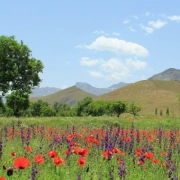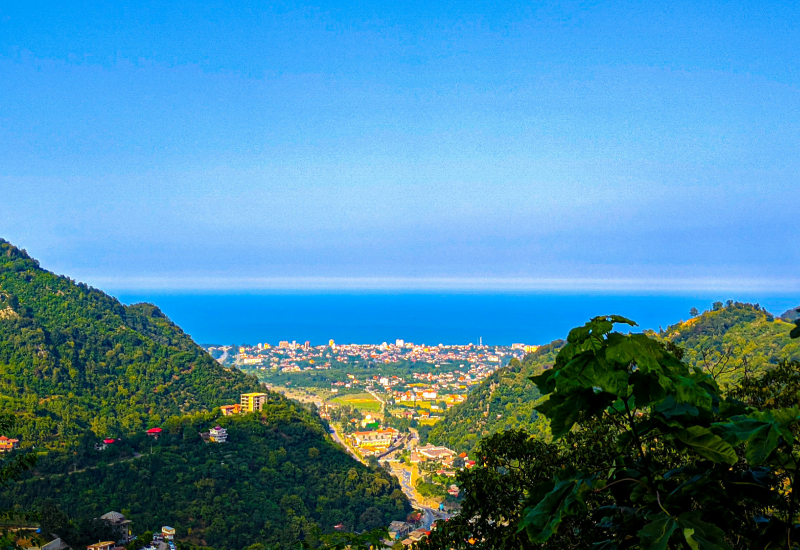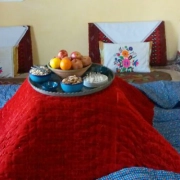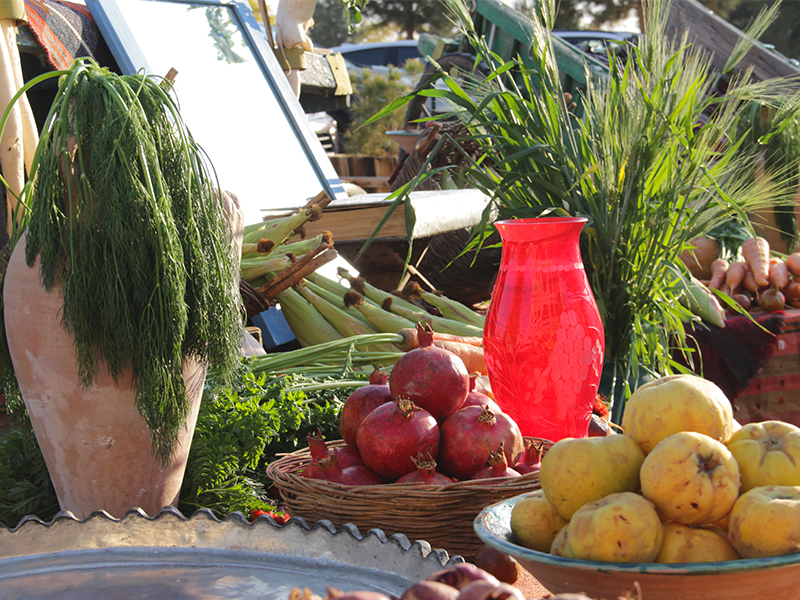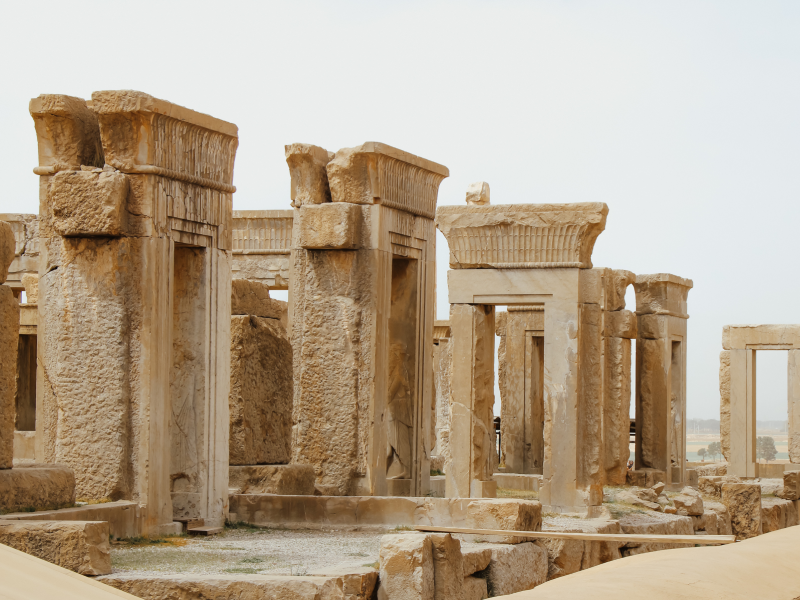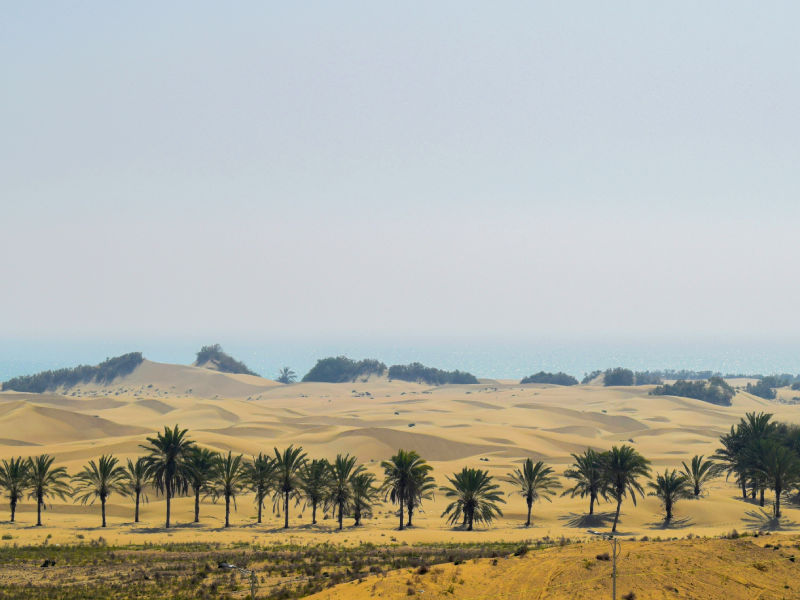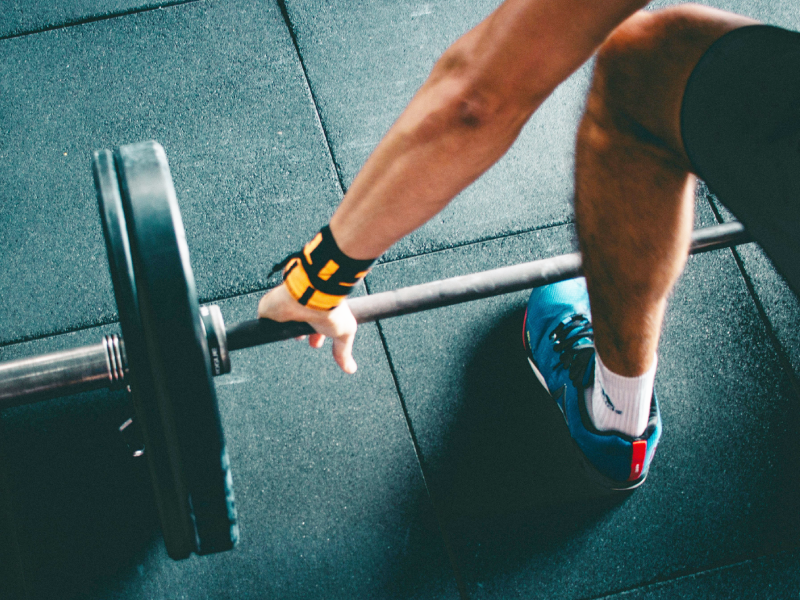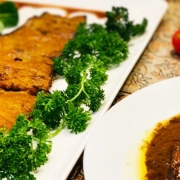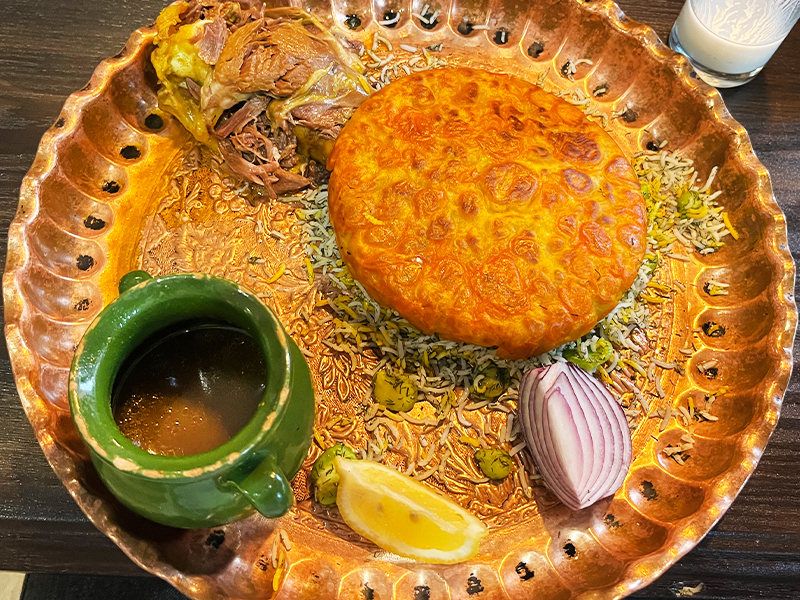Top 10 Best Deserts in the World to Visit
Deserts are truly enchanting locations in Earth’s natural realm. Lands carpeted in large dome-shaped sand dunes embracing unique flora and fauna. Deserts may be a place for you to relax and enjoy the serenity of its silence or a spot for some action and the most thrilling activities, adventure, photography, cinematography, and so on. Not only can these arid landscapes be used for such activities but also for research, excavations, camping, or staying overnight for astral photography. If you intend to step into one of these places and find out about the top 10 best deserts in the world to visit, we recommend reading this article before planning your excursion.
Sahara Desert, Morrocco
Before you start preparing for your journey, you may ask which is the best desert in the world?
According to experts, the largest desert is Antarctica, but the largest and the best in our list is the popular Sahara Desert in the historical country of Morrocco. The Sahara Desert is one of the hottest deserts and the third largest desert in the world.
This captivating desert has a vast area and covers most of North Central Africa. The area of the Sahara Desert is approximately 9.2 million square kilometers; therefore, it occupies countries such as Morocco, Tunisia, Algeria, Mauritania, Mali, Libya, Chad, and Niger.
The Atlas Mountains and the Mediterranean Sea are located in the north of the Sahara Desert. The Niger River valley is in the south, the Red Sea in the east, and the Atlantic Ocean is situated on the west side of this vast desert.
On this land, adventurers will come across rocky plains, salt dunes, sand dunes, dry dunes, as well as the ocean found next to the desert. There are 20 lakes in the heart of this desert, but only one of them has sweet, drinkable water. The rest of these lakes have salty water.

The Sahara Desert is divided into different regions based on the temperature, rainfall patterns, and flora and fauna. Despite its desolate appearance, this desert is home to baboons, hyenas, gazelles, deer, etc.
Gobi Desert, Mongolia
Among the top 10 best deserts in the world to visit is the Gobi Desert, one of the largest deserts in southern Mongolia and northwestern China. It is located between the Tian Shan Mountain range in the south and the Altai Mountains in the north. This region extends from the southeast corner of Mongolia to China and covers the northern parts of Xinjiang Province, China.
The temperature in the Gobi Desert is highly extreme and reaches up to 50 degrees Celsius (122 F) in summer and several degrees below zero in winter. If you’re planning a visit to a desert, read our best time to visit deserts blog for more information.
Due to the fact that the Gobi Desert is located at relatively high altitudes (altitudes higher than 1500 meters above sea level in some places), the temperatures in this region are significantly lower than the average compared to the other regions of Asia. This high altitude makes the Gobi Desert cooler throughout the year.
The Gobi Desert has less sand than other deserts. Instead, the desert is mostly covered in rocks. Because most times, the wind blows heavily through the desert. Moreover, the vegetation and flora grown in this desert include Siberian Elm, Salt Cedar, Mongolian Chives, and Poppy.

Various species live in Gobi, such as black-tailed deer, Bactrian camels, wolves, striped European polecats, Mongolian wild donkeys, snow leopards, and Sandpipers. Many fossils, such as dinosaur eggs and animals, such as Siberian ibex and brown bears, are found in this desert.
Danakil Desert, Ethiopia
Among the most beautiful deserts in the world, the Danakil Desert is a unique location in Africa for natural tourism. Danakil desert is nestled in the northeast of Ethiopia in the Afar region.
This desert is about 120 meters below sea level and appears as a depression or bight on the ground. It is believed that Danakil is one of the hottest regions on earth and is also known as the hydrothermal land of Ethiopia.
The temperature there is normally 34.5 degrees Celsius, but it can rise up to as high as 50 degrees Celsius in other seasons. However, this temperature does not seem strange for a desert.
What makes Danakil distinguished from other places is natural formations like numerous sulfur springs, volcanoes, geysers, acid lakes, vast salt fields, etc. All this has made the Danakil desert a spectacular spot. In this region, you will encounter the lava explosion of the Erta Ale, which is the most active volcano in Ethiopia.
During your trip to Danakil, you might also meet the native people of Ethiopia who are engaged in the extraction of salt from the Danakil salt fields.

In fact, the major daily activity of most of the local men in this area is digging salt, carrying it with the camels, and selling it to markets. Distributing the Danakil salt has been the main occupation of the natives of this country for centuries.
White Desert, Egypt
The White Desert is another top 10 best deserts in the world to visit, a vast desert area in Egypt located near the town of Qasr Al Farafra.
In the white desert, you can see the strangest formations of white chalk rocks that have been eroded by the mildest winds and have turned into extraordinary shapes. This enthralling desert has become a unique tourist attraction site due to its white soil and sand.
The White Desert National Park is the only place where you can see picturesque white rocks that look similar to monuments. This land is one of the wonderful natural locations of Egypt, where rocks are made of limestone.
These mushroom-like white rock formations made by nature have attracted countless visitors over the years.
Amid the White Desert of Egypt, in addition to white sand and sculpture-shaped rocks, some mountains shine brightly, looking white and crystalline from afar, giving this region a special beauty and charm. These mountains can be a suitable spot for Desert photography and recreation.

These shining stones are sedimented layers upon layers, which are very similar to rock salt. Small caves are also found in this National Park, which has fascinated its visitors. You can go to the White Desert for a desert tour and experience caving. In this region, you may come upon traces of the remains of temples and shelters of the villagers during the Roman times.
Dasht-e Kavir Desert, Iran
One of the top 10 best deserts in the world to visit, located in the plateaus of Iran is a desert called Dasht-e Kavir. The desert is in the southeast of the city of Tehran and about 300 kilometers from the city. The creation of the Dasht-e Kavir Desert dates back millions of years ago, when it emerged from the heart of the ancient Tethys Ocean, occupying the central parts of Iran.
Iran’s Dasht-e Kavir Desert is about 800 km long and 320 km wide and is the largest desert in Iran, starting from the southern slopes of the Alborz Mountain Range and extending to the center of Iran.
In hot summer days, the temperature in this area reaches 50 degrees Celsius and more. The temperature difference between night and day is about 70 degrees, and the nights are expected to be extremely cold.
The surface of this land is covered in thick layers of salt. Mudflats and salt marshes cover a large part of the 77,600 square kilometer area of this desert. For this reason, the flora grown in this area are mainly halophytes, which are salt-loving plant species.
In Dasht-e Kavir, you will find Badgers, camels, desert foxes, eagles, hawks, native sheep and goats, desert snakes, spiders, and some other reptiles that can live in this area. Wild animals also inhabit the surrounding mountainous areas, such as the Persian leopard.

Visitors coming to Dasht-e Kavir can participate in many thrilling activities such as paragliding, quad biking, desert hiking, sandboarding, camping, camel riding, astrophotography, etc. Dasht-e Kavir also provides traditional accommodations for its visitors.
Thar Desert, India
The Thar Desert is also commonly called the Great Indian Desert as, geographically, it separates India and Pakistan from each other. 85% of the Thar Desert is located in Rajasthan, Punjab, Gujarat, and Haryana provinces of India, and the remaining 15% is in Pakistan.
This desert has an area of 200 thousand square kilometers and is the 18th largest desert and the 9th semi-tropical desert in the world. The temperature of this desert reaches more than 50 degrees Celsius in the peak of summer and is less than 0 degrees Celsius in winter.
The desert is covered in dunes that are the result of the sediments of the beaches and the alluvial plain of this region. The rest of this area consists of jagged rocks as well as the bottom of salt lakes. The fauna inhabiting the Thar Desert are animals such as Indian gazelle, blue bull or Nilgai, and black buck.
Atacama Desert, Chile
One of the driest deserts in the world, a place with almost no rain, is the Atacama Desert, located in northern Chile. The Atacama has an area of 40,540 square miles and is mostly covered in sand and salt flats. It extends from the Andes to the Pacific Ocean. The heights of the Andes mountains prevent rain clouds from reaching this region and also separate the desert from the forest regions of the Amazon jungle.
This has caused the average rainfall in some parts of this desert, especially the Antofagasta region in Chile, to be only 3 mm throughout the year. In fact, in many parts of the desert, there has never been any rainfall. These weather conditions have caused the Atacama Desert to be called the driest desert in the world.
An interesting fact about the Atacama Desert is its sand looks very similar to the grounds on Planet Mars. This has made the desert’s scenery create a special image in the mind.

The high altitude of Atacama and the clear and unpolluted sky have made the desert a popular spot for astronomers and astronomy-related activities. There are endless Things to Do in the Desert. There are three international regions made for astronomy research in this area.
Today, many tourists journey to Atacama to visit the dry and Martian desert. The Atacama Desert is one of the three most popular tourist destinations in Chile. A place for your pleasant desert holiday destinations. Tourists who want to travel to this desert stay overnight in a city called San Pedro de Atacama.
Kalahari Desert, South Africa
Kalahari Desert is one of the top 10 best deserts in the world to visit. The Kalahari Desert is located in the heart of South Africa and has an area of 930 thousand square kilometers. The desert extends to Namibia, Botswana, and parts of South Africa.
The Kalahari Desert is the sixth-largest desert in the world and the second-largest desert in Africa. It bears large sand dunes and vast salt flats that formed many years ago when the ancient lakes dried up. Kalahari is officially classified as a semi-arid region.
Normally, the climate is expected to be mostly tropical, but perhaps because most parts of this region have an altitude of about 1,000 meters above sea level, its climate is more compatible with common plants and animals.
In different parts of Kalahari, there is a wide range of temperatures. During summer, the temperature reaches 45 degrees Celsius. However, on winter nights, there is the possibility of cold nights because the temperature tends to reach below 15 degrees or even 0 degrees Celsius.
A thrilling desert safari experience in Kalahari is observing the cheetahs that walk around the desert. You can also see African wild dogs, black-maned lions, seagulls, and various species of birds and reptiles.

The Kalahari Desert has the world’s largest flow of quicksand, which moves westward, reaching the Namib Desert.
Lut Desert, Iran
Lut Desert, another top 10 best deserts in the world to visit, a vast desert covering nearly 10% of Iran, is one of the most arid and hot regions of the world. The desert has an area of 120,000 square kilometers. Lut is a place full of the unknowns. Situated in the southeast of Iran, it carries the title of a treasure of Iran.
“Lut” in the Balochi language, which is one of the languages of Northwestern Iran, means bare, a place without water and grass. The major part of this desert is sand and sand dunes, and other parts have a unique geography.
The Lut desert was recorded as the hottest place on earth, with a temperature of 70.7 degrees Celsius (159.3 °F). The weather in the Lut desert is mostly hot during the day, but after sunset, the temperature starts to drop drastically, which may make you feel very cold. Here’s a guideline about What to Wear in the Desert.
There is barely any plant and animal life present in the central parts of the Lut desert. But on some days of the year when the weather conditions are more favorable, it is possible to witness temporary lifeforms. For instance, in spring, some regions of Lut have grass grown on the sand after seasonal rainfalls.
Final Word
Apart from being fond of traveling to lush forests, many are also intrigued by seeing deserts. These vast drylands are a place full of mystery, which has always been an attractive tourist destination for visitors despite its dryness and solitude.
Even though they lack massive growth of plants, these regions bear special vegetation and wonderful landscapes made of sand dunes. In addition to these, the desert sky at night is one of the most eye-catching moments you do not want to miss.
Are you planning to travel to Iran and looking for an Iran resort? Consider Matinabad Eco-resort.


